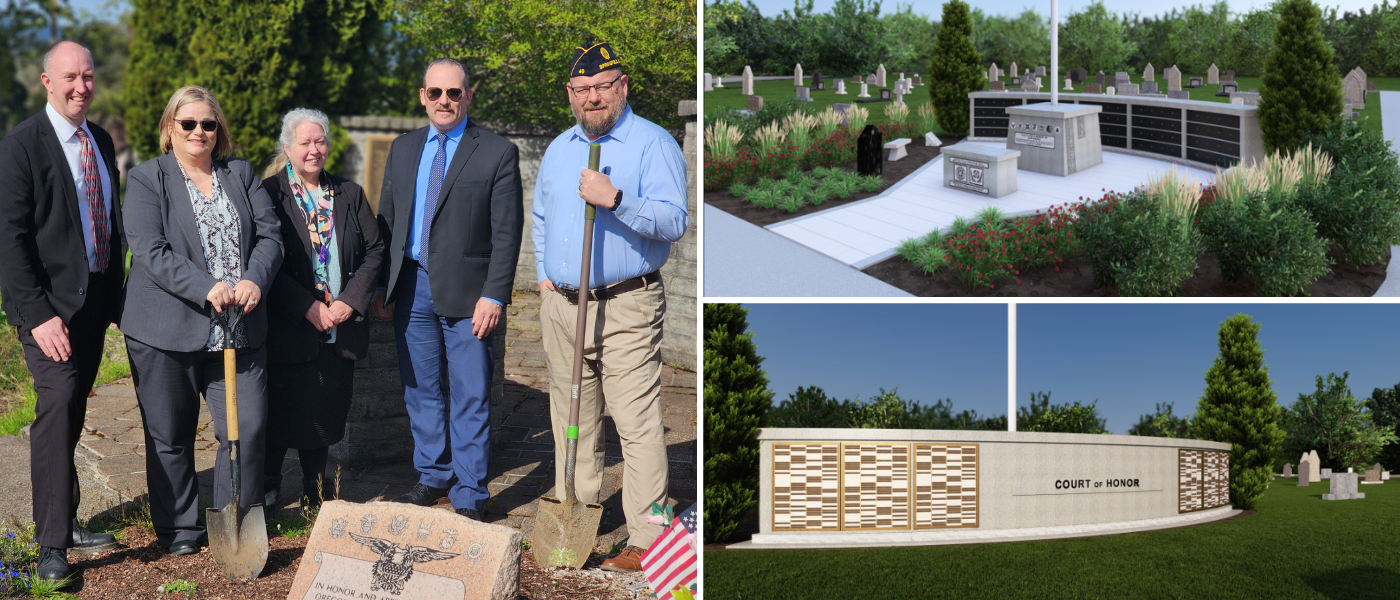The Assault of Grief
A funeral director fills an extraordinary role. Death care workers help survivors navigate life beyond the death of a loved one, often for the first time. Handling grief is a major feature of the profession, and grief management is part of the training, but what kind of grieving goes beyond what should be reasonably expected? And do you have a professional responsibility in situations where you encounter excessive grief, when your window of exposure into clients’ lives is so brief?
Healthy vs. Complicated Grief
It’s useful to understand what grief most often looks like following the death of a loved one, so that it is possible to recognize features of extreme grief by comparison.
Obviously the manner of death matters: anticipatory grief (knowing an ill person will die of their condition) may be traumatic, but grief over the loss of an eighty year old parent after prolonged illness will be very different from the experience of sudden loss faced by a thirty-year-old mother who lost her husband and toddler in a car accident.
Johns Hopkins medical school identifies the following symptoms common to the experience of survivors of the death of a loved one: lack of energy, fatigue, headaches, upset stomach, excessive sleeping, overworking, excessive activity, memory lapses, distraction, preoccupation, irritability, depression, feelings of euphoria, extreme anger, feelings of being resigned to the situation, feelings of being closer to God, feelings of anger and outrage at God, strengthening of faith, and questioning of faith… all to be expected.
Duration isn’t prescribed – appropriate grieving may last several months to more than three years.
Your exposure to the bereaved is likely to be limited to anywhere from a few days to a few weeks. What can you possibly do in such a limited time?
Watch for Severe Cases
Traumatic grief can be unpredictable and deadly. If someone is in obvious crisis – not making sense, hallucinating, unable to respond to questions, openly suicidal or indicating an intention to harm themselves or someone else, act. Contact another family member, if possible, but if none is available for support, call 911.
For extreme cases or complicated grief that doesn’t appear to place the client or anyone around them in immediate danger, you can still provide support. It may be helpful to have ready at hand a list of resources that you can make available, perhaps in printed form, to such families. Be prepared. Follow verbal encouragement up with tangible assistance in the form of a list of local grief counseling resources, prevention line phone numbers, clergy and spiritual assistance contact information– or even just your own presence for a few extra minutes. Staying with a person in a grief crisis (such as someone making suicidal statements) could be life-changing for someone in such vulnerable circumstances.
Yes, you should still impose professional boundaries. As much as you might want to help every client, you can’t be all things to every family. Sometimes grief itself is deadly (see Broken Heart Syndrome). Know this in advance. Burnout is real. Preparing ahead for difficult situations will help you to know when the time comes what exactly you can do for a family, and where you have to step back and let others take over.
In the words of Molly Vargo, a young woman who is part of the new generation of death care professionals: “… we help bring the light back in.”




